Peace lily getting browner by the day and leaves curling
Sky High
8 years ago
last modified: 8 years ago
Featured Answer
Sort by:Oldest
Comments (58)
Sky High
8 years agolast modified: 8 years agomat68046
8 years agoRelated Discussions
Peace Lily -Black Leaves
Comments (26)Sylvan and company: Thank you! I will try the downsizing and careful watering. I got my Peace Lily as a wedding present 21 years ago--I really, really don't want this baby to die. It is at work now as my kittens bit the poor thing to shreds. So, seeing as it had some black leaves (as well as fang marks) I researched about black leaves and changed the soil and, oops, enlarged the pot. Now it is putting out lovely little green leaves--which are turning black and brittle. Another peace lily at work got frozen during a power outage last year. Its leaves turned black and many fell off/were pruned, but it looks great now. We are kind people, who hate to see something killed--that's why we struggle with these plants. A 6-foot tall dracaena at work was locked in an unused office for a month or so and nearly died, but I've been watering it and it is sprouting new growth. I feel great! :-)...See MorePeace Lily- Brown Leaves
Comments (4)I strongly suspect that you are over watering your plant. This seems to be the primary problem with those who seem to struggle with Peace Lilies. This is a plant that hates to be water logged, but shouldn't dry out, either. These can be very difficult plants, darn it all! Though I have never thought of these plants as needing supplemental humidity, I will suggest that misting plants that are exhibiting brown spots is not a good thing. The act of misting moistens the leaf surface for a few minutes, but does nothing to humidify the surrounding air. Misting may even slow down a plant's transpiration process, not a good thing for a plant that has been over watered. Misting can certainly spread disease, however....See MorePeace Lily has yellow leaves
Comments (27)OK Dave & Karen - here's my Friday visit update. I found the plant to be totally wet. The problem - as Karen pointed to in an earlier reply - is that there are too many cooks etc. There is one lady volunteer in whom I have full confidence to look after the plants, but there is another male volunteer who is over-eager on watering plants. I can tell just from looking at the top of the soil that he has saturated the plant from the top down. My coffee stirrer test confirms that. He will be told to leave the plants alone. The lady volunteer is at the Club every day, & I told her to stop all watering to allow the plant to dry out & wait until it shows signs of wilting. Then resume weekly reservoir watering. Meanwhile, the yellow leaves have shriveled & there are no new ones, but the flowers are not looking as healthy as they were. Also the lady volunteer said (before I even mentioned the matter) that in the mornings & early afternoons she will move the plant to the outer area where there is more daylight & sunlight, then in the afternoon when the sun gets hot she will bring it back inside. So I'm hopeful that in a few weeks time the plant will be back to a healthier state....See MorePeace Lily curling?
Comments (9)I see what you're referring to, Z. Something I wrote/ saved, for reference: Leaves - Reading When leaf tips or margins abnormally curl/cup upward, it's usually an indication the plant is trying to retain moisture – most common causes are dry soils or high temps; or, if you are using supplemental lighting, the lights might be too close. When leaf margins curl down, especially if leaves droop abnormally from the base of the leaf to the leaf tip, there is probably an issue affecting root function or health. The main causal suspects would be over-watering or soil compaction causing an inadequate supply of oxygen to roots, a root infection, or a TDS (fertility) level too high, which can limit water uptake. Leaves that terminate in a downward hanging drip tip are a normal part of the plant's morphology; however, if the tip of the new leaves is markedly hooked: and accompanied by other leaf deformities, it could be early signs of a culturally deficiency of calcium, which is very commonly caused by over-watering, and can occur even when there is an adequate supply of Ca in the grow medium. Al...See Moremat68046
8 years agolast modified: 8 years agoSky High
8 years agoSky High
8 years agolast modified: 8 years agomat68046
8 years agomat68046
8 years agolast modified: 8 years agomat68046
8 years agomat68046
8 years agotapla (mid-Michigan, USDA z5b-6a)
8 years agomat68046
8 years agolast modified: 8 years agotapla (mid-Michigan, USDA z5b-6a)
8 years agoDave
8 years agomat68046
8 years agomat68046
8 years agolast modified: 8 years agotapla (mid-Michigan, USDA z5b-6a)
8 years agotapla (mid-Michigan, USDA z5b-6a)
8 years agolast modified: 8 years agoDave
8 years agolast modified: 8 years agotapla (mid-Michigan, USDA z5b-6a)
8 years agoDave
8 years agomat68046
8 years agoDave
8 years agotapla (mid-Michigan, USDA z5b-6a)
8 years agomat68046
8 years agotapla (mid-Michigan, USDA z5b-6a)
8 years agoSky High
8 years agolast modified: 8 years agotapla (mid-Michigan, USDA z5b-6a)
8 years agoSky High
8 years agotapla (mid-Michigan, USDA z5b-6a)
8 years agomat68046
8 years agolast modified: 8 years agomat68046
8 years agoSky High
7 years agolast modified: 7 years agoSky High
7 years agolast modified: 7 years agoSky High
7 years agolast modified: 7 years agoSky High
7 years agolast modified: 7 years agoSky High
7 years agolast modified: 7 years agomat68046
7 years agotapla (mid-Michigan, USDA z5b-6a)
7 years agoSky High
7 years agotapla (mid-Michigan, USDA z5b-6a)
7 years agoKaren S. (7b, NYC)
7 years agoSky High
7 years agoKaren S. (7b, NYC)
7 years ago
Related Stories

FEEL-GOOD HOMECurl Up With Some Dreamworthy Nap Spots
Blissful and serene, these envy-inducing settings will put you to sleep, but for all the right reasons
Full Story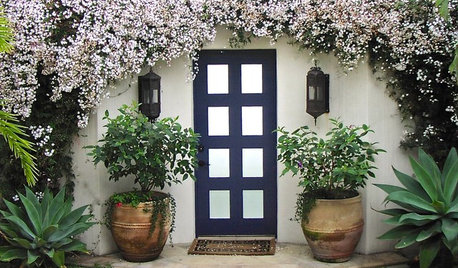
FEEL-GOOD HOMETap Into Your 5 Senses to Find More Peace at Home
Counteract screen overload and stress by rediscovering basic ways to enjoy life
Full Story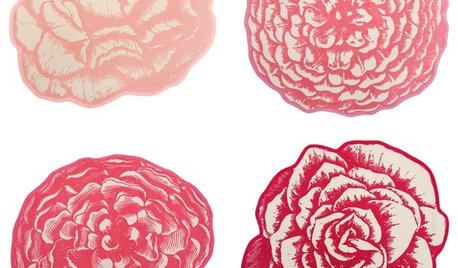
50 Fabulous Finds for Valentine's Day
Valentine's Day Gift Guide: Hearts, Flowers, a Zebra Chair, and Thou
Full Story
PETSSo You Want to Get a Cat
If you're a cat lover, the joys outweigh any other issue. If you haven't lived with one yet, here are a few things to know
Full Story
SAVING WATERXeriscape Gardens: How to Get a Beautiful Landscape With Less Water
Conserve water and make gardening much easier with the xeriscape approach’s 7 principles
Full Story
LIFE7 Tips to Get With a New Minimalist Mentality
Feeling overwhelmed by your stuff? Here's how to pare down, simplify and keep just what you need and love at home
Full Story
DECORATING GUIDESRoom of the Day: Monet Colors Make a Sunroom Irresistible
Drab-day blues? Not if these cheery colors, overstuffed furniture and natural textures have anything to say about it
Full Story
DECORATING GUIDESRoom of the Day: As Comfy As a Favorite Pair of Jeans
Faded colors and celestial light give a Florida family room a sun-washed allure
Full Story
DENS AND LIBRARIESRoom of the Day: Princess the Snake Reigns in a Luxe Library
Sure, there are books. But in this library the custom snake habitat may be most worth checking out
Full Story
HOUZZ TOURSMy Houzz: A Modern-Day Homestead Brings a Family Together
Their 5-acre Washington property, with sports court, swings, pizza oven and gardens, is a labor of love and communal playspace
Full Story









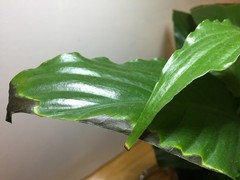

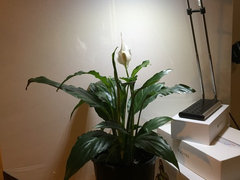




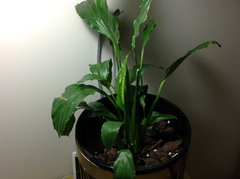




tapla (mid-Michigan, USDA z5b-6a)